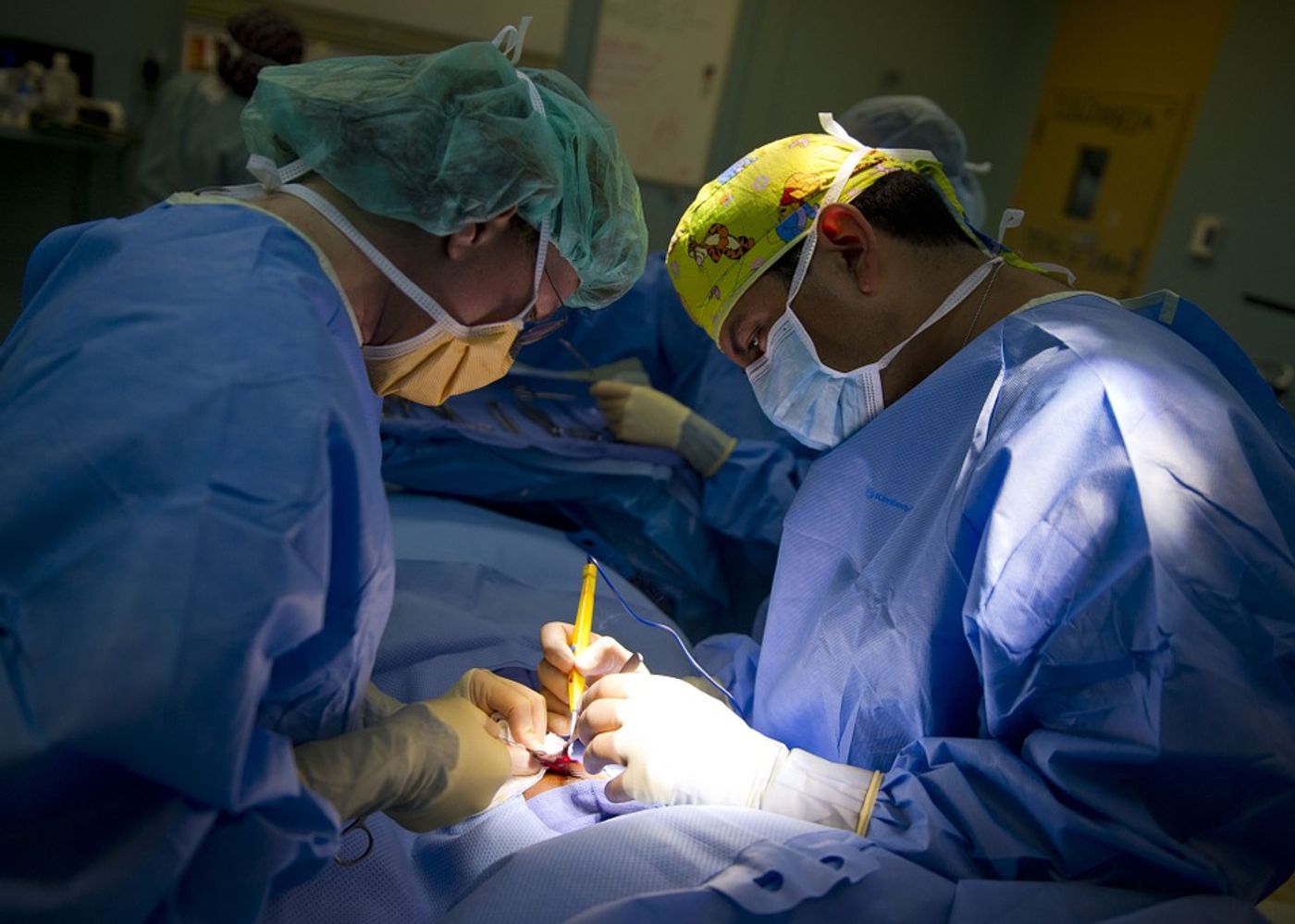As surgeons perform delicate operations to remove tumors, they may soon be aided by a new
technology that uses sound to guide their scalpels.

In all cancer surgery, the aim is not just to successfully remove the cancerous tissues. Equally important is doing so without removing or harming the healthy surrounding tissues. Increasingly, scientists have developed next-generation, smart technologies that help surgeons navigate such operations with more precision and accuracy.
One such device is known as the iKnife, which uses a near-infrared laser probe to capture vibration frequencies of different tissues. Because cancer tissues tend to have a different vibration signature than healthy tissues, surgeons can use this information to decide where to cut.
While immensely useful, this technology required doctors to focus on a display screen for visual information. Now, the technology has been updated, with vibration frequency converted into audio signals. This bypasses the need for surgeons to shift attention away from the tissues, as they can utilize their sense of hearing to discriminate between cancerous and healthy tissues.
“We’ve shown how to give accurate guidance to surgeons in a way that allows them to keep their focus on their scalpel,” said
Matthew Baker at the University of Strathclyde in the UK. “Looking back and forth between a screen and the patient is not ideal. It would be better if a surgeon’s focus could be in one place.”
In a test run of the technology, doctor participants who were trained to detect differences in the audio frequency were able to differentiate healthy vs. cancer cells with about 70 percent accuracy.
As good as it sounds, Baker admits this accuracy rate is below the 90 percent accuracy rate achieved with the visual method. However, Baker and his team are optimistic that time and training will lead to improved accuracy rates.
“The probes can provide the information needed to accurately identify cancerous tissue. We’re working out the best way to give that information to surgeons,” says Baker.
Additional sources:
New Scientist









